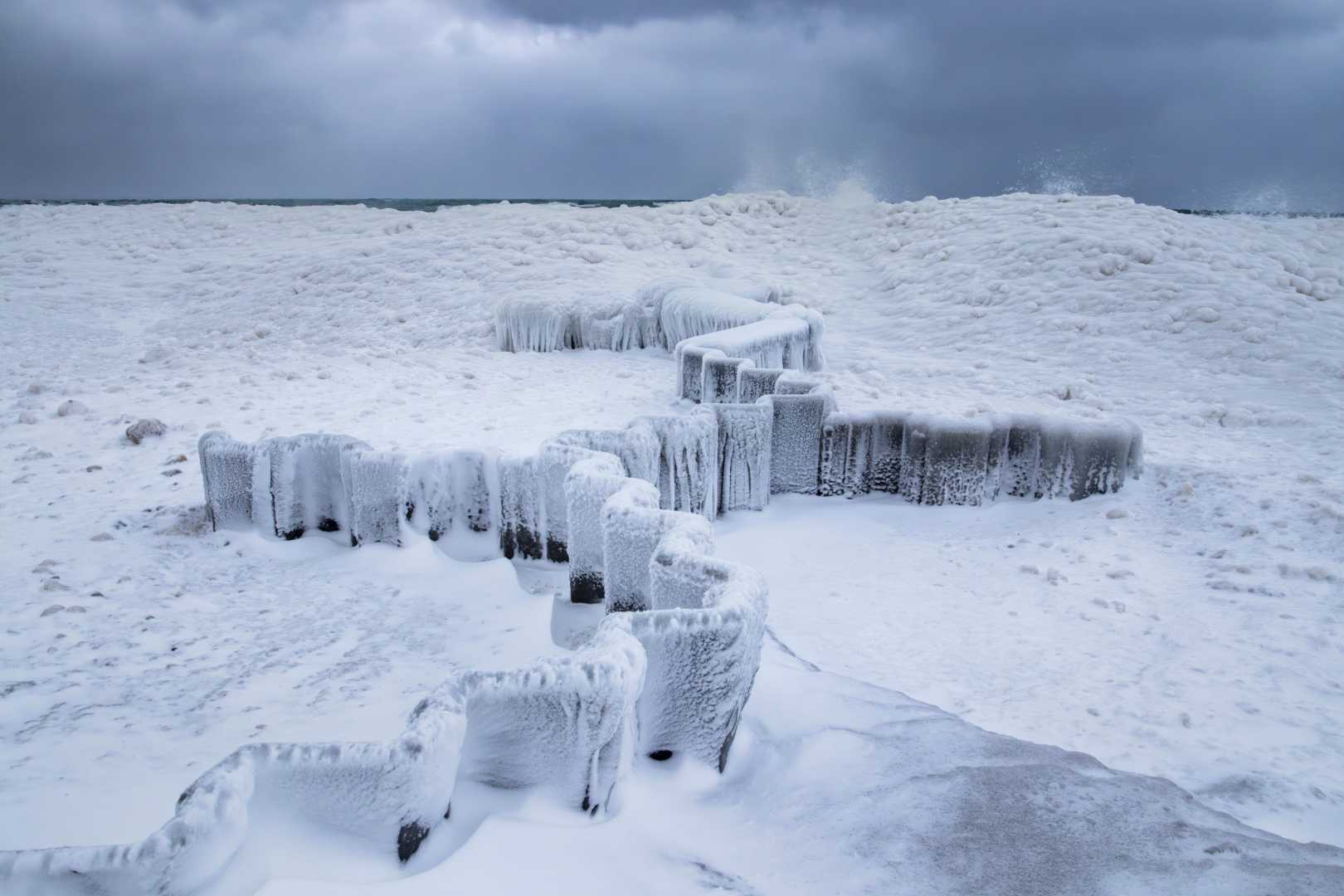News
West Michigan Winter: Halfway Through, Snowfall and Temperatures on Track

MICHIGAN, USA — Mid-January marks the halfway point of meteorological winter, and West Michigan is experiencing a season that aligns closely with historical averages. Meteorological winter, which runs from December 1 to February 28/29, has brought typical weather patterns to the region, with a mix of cold temperatures and snowfall.
December saw frequent cold spells and lake-effect snow, interspersed with brief thaws that melted accumulated snow. January has been consistently cold, with frequent snow bursts benefiting businesses reliant on winter weather. However, system snow has been scarce, with most snowfall attributed to lake-effect activity. As of January 12, Grand Rapids has recorded 40.1 inches of snow, 3.3 inches above average, while Muskegon has seen 34.3 inches, 5.4 inches below average.
“This winter has been right on par with average temperature-wise, if not slightly cooler than usual,” said a local meteorologist. December in Grand Rapids was 0.9 degrees warmer than average, with an average temperature of 31.3 degrees. January, however, has been colder, with an average temperature of 23.1 degrees, 2.7 degrees below the norm. Muskegon, influenced by warmer Lake Michigan waters, experienced a December 2 degrees warmer than average, with January temperatures 1 degree below average.
Comparatively, this winter ranks second in snowfall over the past five years, trailing only the winter of 2022-2023, which saw 68.2 inches by this date due to the Christmas Blizzard. In contrast, the winter of 2020-2021 recorded just 7.5 inches of snow by mid-January.
Looking ahead, the coldest air of the season is expected early next week, with highs potentially in the single digits. This will likely push January temperatures further below average. Meanwhile, Northern Michigan is experiencing a La Niña weather pattern, resulting in colder temperatures and increased snowfall. Sault Ste. Marie has already recorded 96.6 inches of snow this season, compared to 87 inches last year, while Gaylord has seen 107.5 inches, up from 88.4 inches last season.
Officials at the National Weather Service office in Gaylord noted that snowfall measurements for Petoskey and Cheboygan may be incomplete due to missing data. Petoskey has reported 38.3 inches of snow this season, down from 79.6 inches last year, while Cheboygan has recorded 19.3 inches, compared to 59.3 inches last season.
Residents and businesses are advised to stay updated on weather conditions as the season progresses. For the latest forecasts, follow the 13 Weather Impact Team.












